Nothing makes you question your home's ventilation like a sweltering summer day when your cooling bills skyrocket, yet your second-floor office still feels like a sauna. If this sounds familiar, you’ve likely come across two potential solutions: whole house fans and attic fans. While both aim to improve airflow and reduce indoor heat, they achieve this in very different ways. So how do they stack up? Let’s break it down.
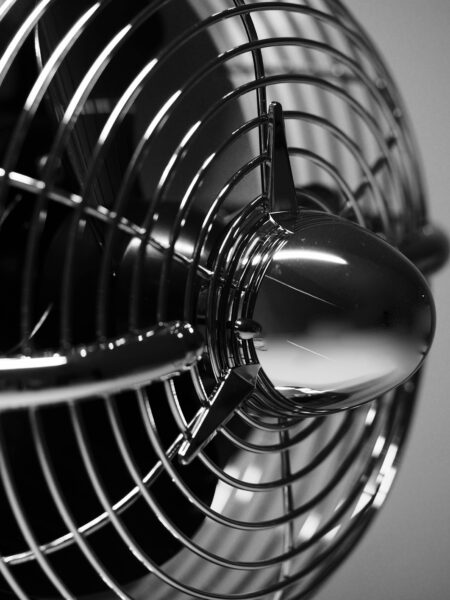
A whole house fan is the multitasker of ventilation systems. Instead of just dealing with one space, it works to cool your entire home. By pulling cool evening or nighttime air through open windows and flushing warm, stagnant air into the attic, this fan drastically reduces indoor temperatures while giving your air conditioner a well-deserved break. But there's a catch—it’s most effective in climates with cooler evenings and less humidity.
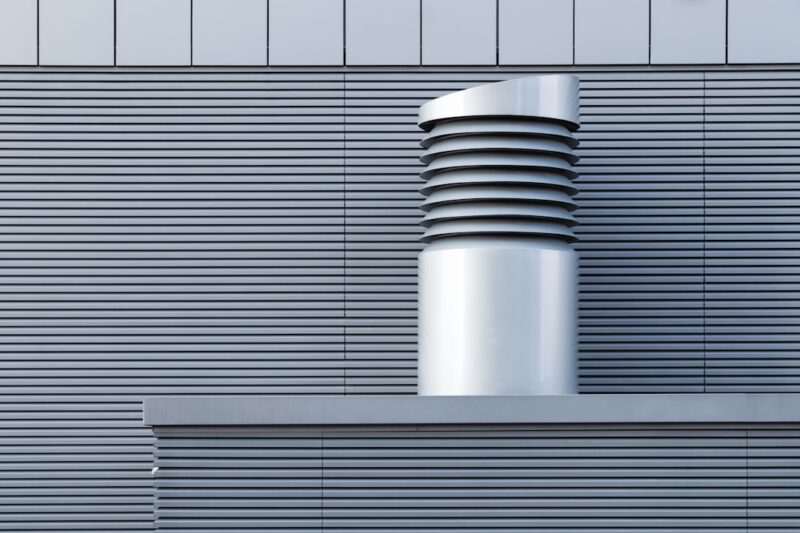
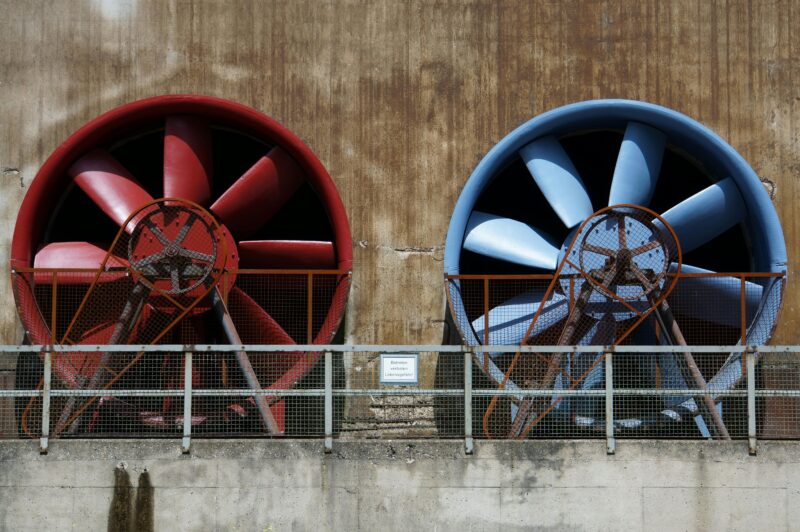
Think of an attic fan as a specialist. It focuses exclusively on one area—your attic. By doing so, it prevents the attic from turning into a furnace during the hottest hours of the day. It pulls out hot, trapped air and replaces it with cooler outdoor air, helping to reduce radiant heat transfer to the rest of the house.

Here’s a quick comparison to help you decide:
| Features | Whole House Fan | Attic Fan |
|---|---|---|
| Primary Purpose | Cools the entire home by pulling in fresh air | Removes hot air trapped in the attic |
| Energy Efficiency | Uses ~33% of the energy of an air conditioning system | Can lower AC load when attic heat is reduced |
| Best for | Cooler evening/nights, large homes | Sunny daytime hours, protecting roof materials |
| Cost | $200–$1,600 (installation included) | $75–$400, often cheaper to install |
| Ease of Use | Requires open windows and manual operation | Automatic thermostat-controlled |

If you're in a climate like Birmingham, AL—where hot, humid days are common but evenings can sometimes cool down—both fans might actually work well together. A whole house fan can cool your home when the air outside is pleasant, while an attic fan keeps your attic heat under control during sunny daytime hours. Pairing them might reduce your electricity bill and make your second floor bearable again.
What challenges are you facing with ventilation or cooling in your home? Would you consider using one—or both—of these systems? Let us know in the comments!
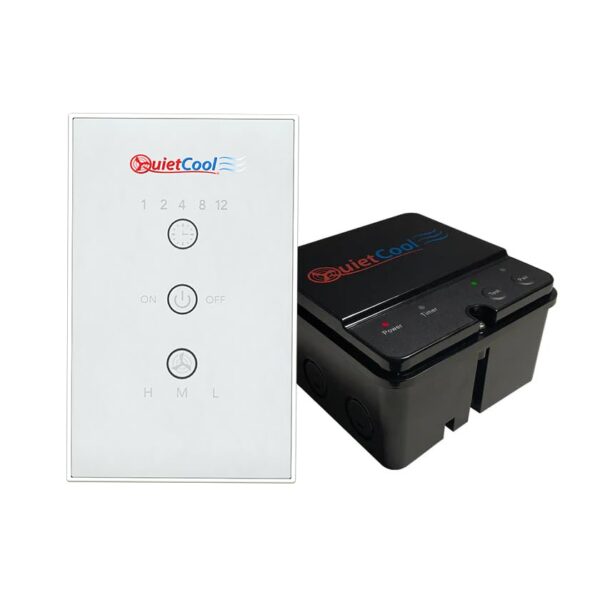
Enhance your home ventilation system with the QuietCool Smart Thermostat and Control Hub. This advanced device offers convenient, user-friendly controls for optimized cooling and energy efficiency. Easily set your preferred fan speed and schedule with intuitive features designed to provide the ultimate comfort and savings. Perfect for modern smart homes, its sleek design seamlessly blends into any interior. Stay cool and comfortable year-round with QuietCool.
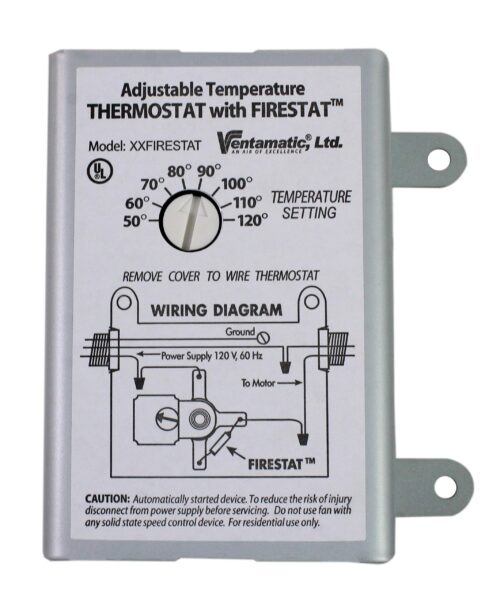
Enhance your safety and control with the Ventamatic Adjustable Temperature Thermostat with Firestat. Perfect for managing your ventilation system, this device allows you to set precise temperature limits between 50° and 120°F. Its Firestat feature adds an extra layer of protection, automatically cutting off power in case of overheating. Ideal for residential use, it ensures both comfort and peace of mind with easy installation and reliable performance.
As we wrap up the deep dive into whole house fans versus attic fans, I hope you feel a bit more prepared to make the right choice for your home ventilation needs. It's always a pleasure to chat about creating cooler, more comfortable spaces, and I’d love to keep the conversation going! For daily inspiration and insights on all things home design, do follow us on Pinterest, where we pin our favorite architectural finds. Our Instagram is buzzing with fantastic home improvement ideas and tips, so don't miss out! You can also catch our latest updates and join the discussion on X (formerly Twitter), and of course, there's always room for you in our friendly community on Facebook. Thanks for stopping by, and looking forward to hearing your thoughts on staying cool this summer!
A whole house fan is more effective for cooling your entire home, while an attic fan is specifically designed to ventilate warm air that accumulates in the attic and help reduce humidity levels.
A common issue is forgetting to open windows when the fan is running, which can create a backdraft. This might lead to the fan motor burning out and potentially cause a gas water heater or appliance to backdraft. Older models tend to be very noisy, and improper installation can result in vibrations and excessive noise.
The decline in popularity of whole house attic fans in newer homes can be attributed to several factors: Energy efficiency standards have improved, with modern homes featuring better insulation and sealed environments that reduce the need for the additional ventilation whole house fans provide.
A whole-house fan is used to pull air through the house, while an attic fan expels that air from the attic. For attic ventilation, an attic fan is more effective because it actively moves air out, whereas a whole-house fan simply transfers air from the house into the attic.

Immerse yourself in architecture’s most boundary-pushing ideas—where innovative home improvements meet visionary urban developments. Discover new building techniques, materials, and creative concepts that are redefining how we shape our spaces on a global scale.